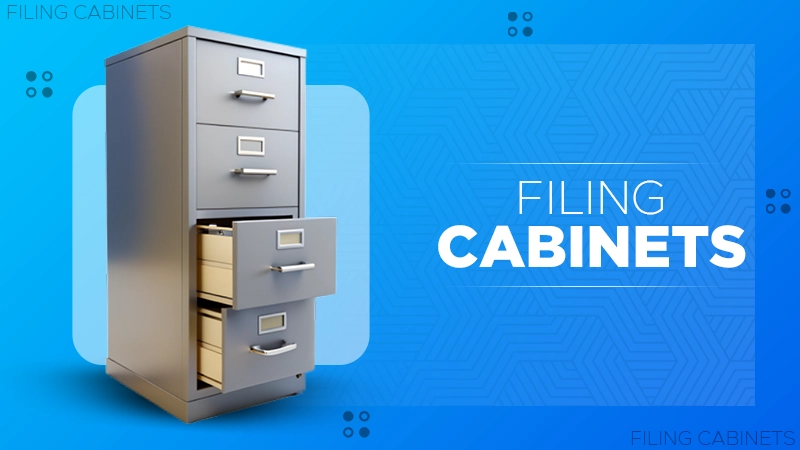Increasing Asphalt’s Lifespan: 4 Pro Tips
Most people prefer asphalt over other paving materials because of its durability and low installation and maintenance costs. Yes, asphalt is a durable material, which guarantees value for money because it’s not damaged easily.
The average lifespan of asphalt is around 20 – 30 years, as long as it’s well maintained. And while well-maintained asphalt can withstand heavy loads, numerous factors can make your asphalt deteriorate. Even the slightest crack can lead to major and costly damage if left unrepaired.
So, it’s important to learn how to take care of your asphalt to ensure its durability, quality, and longevity. In this post, we shall discuss the top 4 pro tips that will help you increase your asphalt pavement’s lifespan. Read on for more information.
Sealcoat Your Asphalt as Required
Asphalt sealcoating is one of the essential asphalt maintenance practices. It helps to protect your asphalt from harsh elements, such as UV rays, water, and oil. Sealing also helps keep potholes and cracks at bay by filling them up and preventing further damage.
It’s recommended that you sealcoat your asphalt every 2-3 years, depending on your climate and traffic conditions. Always hire a professional contractor to do the job for you, as it requires special skills and equipment.
Asphalt sealcoating comes with numerous benefits, which include:
Prevents Water from Seeping Into the Pavement and Damaging the Base
One of the biggest benefits of sealing your asphalt is that it prevents water from seeping into the pavement and damaging the base. Sealed asphalt doesn’t allow water to penetrate deep into the surface, which can cause cracks, potholes, and other serious damage. Water is one of the main enemies of asphalt, so it’s important to take steps to prevent it from entering the pavement. Sealing your asphalt is one of the easiest and most effective ways to do that.
Reduces Cracking and Deterioration
Sealing your asphalt also helps reduce cracking and deterioration, leading to costly repairs down the road. By sealing your asphalt, you’re effectively filling in any small cracks and crevices before they have a chance to turn into big problems.
Protects Against UV Damage
Another important benefit of sealing your asphalt is that it helps to protect your pavement against UV damage. The sun’s UV rays can cause the asphalt to dry out and become brittle, which leads to cracking and deterioration. Sealing your asphalt helps create a barrier between the pavement and the sun’s rays, keeping your asphalt in good condition for years to come.
Enhances the Appearance of Your Pavement
In addition to all of the functional benefits of sealing your asphalt, it also enhances the appearance of your pavement. A fresh coat of sealant will make your pavement look new, improving the curb appeal of your property.
Don’t Neglect Cracks and Potholes
If you spot any cracks or potholes in your asphalt pavement, patch them up as soon as possible. Water can seep into the cracks and freeze during winter, which will cause the cracks to expand and worsen. Even the tiniest of cracks can damage your asphalt if left unrepaired.
According to the Orlando experts from CSG Sealcoating, potholes are also a common problem with asphalt pavements. They’re usually caused by vehicles driving over weak spots on the pavement or by weather conditions such as freezing temperatures.
If you ignore small cracks and potholes, they will eventually grow bigger and cause more damage to your asphalt. So, it’s important to repair them as soon as possible. You can do the repairs yourself or hire a professional contractor to do the job for you.
The following tips will help you repair the cracks and potholes on your asphalt pavement.
Clean the Crack or Pothole
The first step is to clean the crack or pothole. Remove any debris or dirt from the surface using a broom or a pressure washer.
Apply Asphalt Patching Compound
Once the crack or pothole is clean, apply an asphalt patching compound to fill it up. You can buy the compound at your local hardware store. Make sure to follow the instructions on the package.
Press Down on the Compound
Use a piece of wood or a metal pipe to press down on the compound until it’s level with the pavement’s surface. Do this for all sides of the crack or pothole.
Smooth Out the Surface
Use a trowel or a putty knife to smooth out the surface of the compound. Make sure there are no air pockets or uneven areas.
Sort Out Any Drainage Issues
Always make sure that your asphalt has good drainage. That means water should flow from off your asphalt pavement once it rains. Water is one of the biggest enemies of asphalt because it can cause cracks and potholes.
So, if you notice any water pooling on your asphalt after it rains, take action immediately to sort out the drainage issue. You may need to install a French drain or a catch basin to solve the problem.
Don’t Let Vehicles Park on Your Asphalt for Too Long
If you have an asphalt driveway or parking lot, don’t let vehicles park on it for too long, as this can damage the surface. The vehicle’s weight can cause depressions on the surface, which can turn into potholes over time.
It’s best to create a designated parking area away from your asphalt pavement to keep it in good condition for many years to come.











